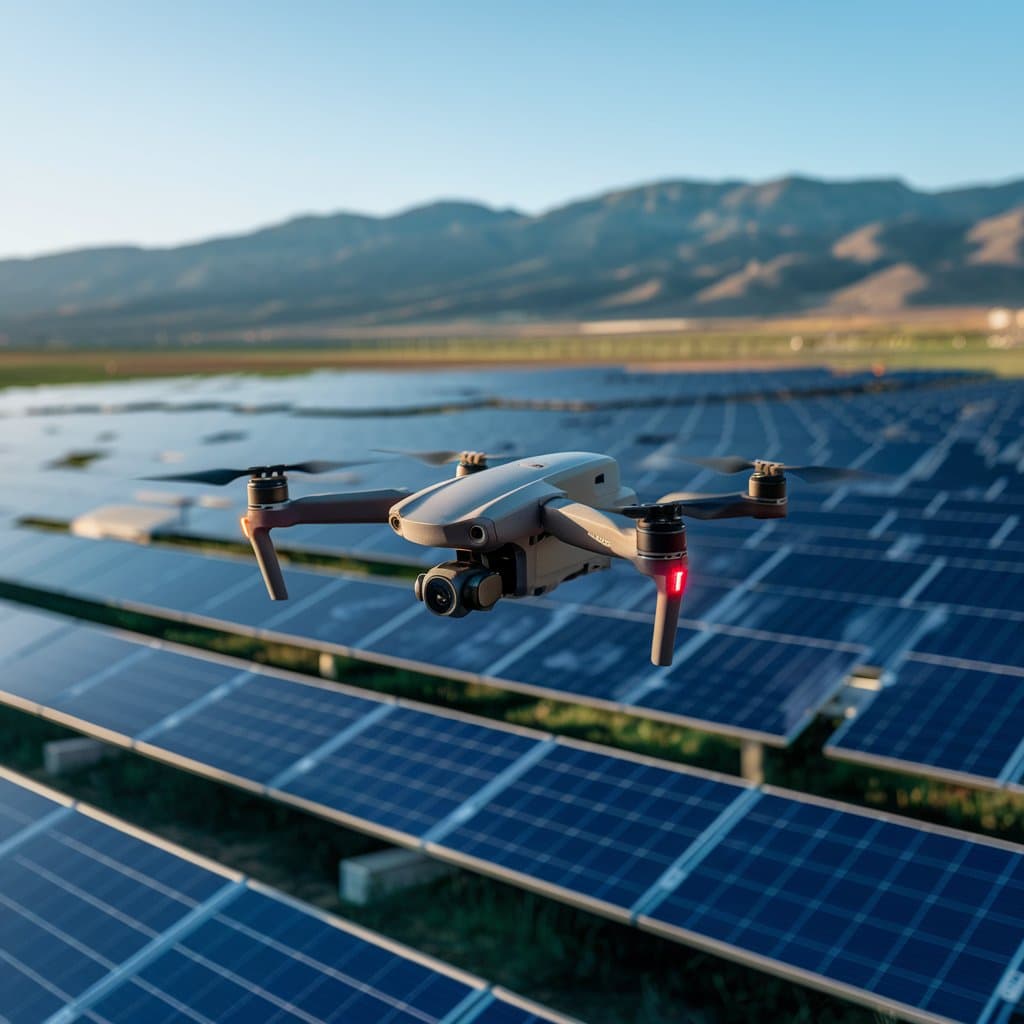
Renewable energy
What we offer
Solar Panel Inspection
Drones equipped with thermal and visual sensors detect faults like hotspots, cracks, and dirt buildup on solar modules, improving maintenance efficiency.
Wind Turbine Blade Inspection
High-resolution drone imagery captures damage such as erosion, cracks, or lightning strikes—removing the need for rope-access and reducing inspection risk.
Thermal Efficiency Audits
Identify temperature anomalies in solar farms or substations to assess equipment performance and prevent energy losses.
Energy Site Mapping & 3D Modeling
Generate high-accuracy orthomosaic maps and 3D terrain models to assist in site planning, layout optimization, and expansion tracking.
Environmental Impact Monitoring
Monitor vegetation, land use, and nearby ecosystems using drone imagery to meet sustainability goals and regulatory standards.
Infrastructure Integrity Checks
Inspect solar mounts, inverters, and wind power components safely and efficiently—reducing manual effort and identifying faults early.
Our Key Deliverables
Cracks
Common defects caused by handling, packaging, transport, and harsh climates over time.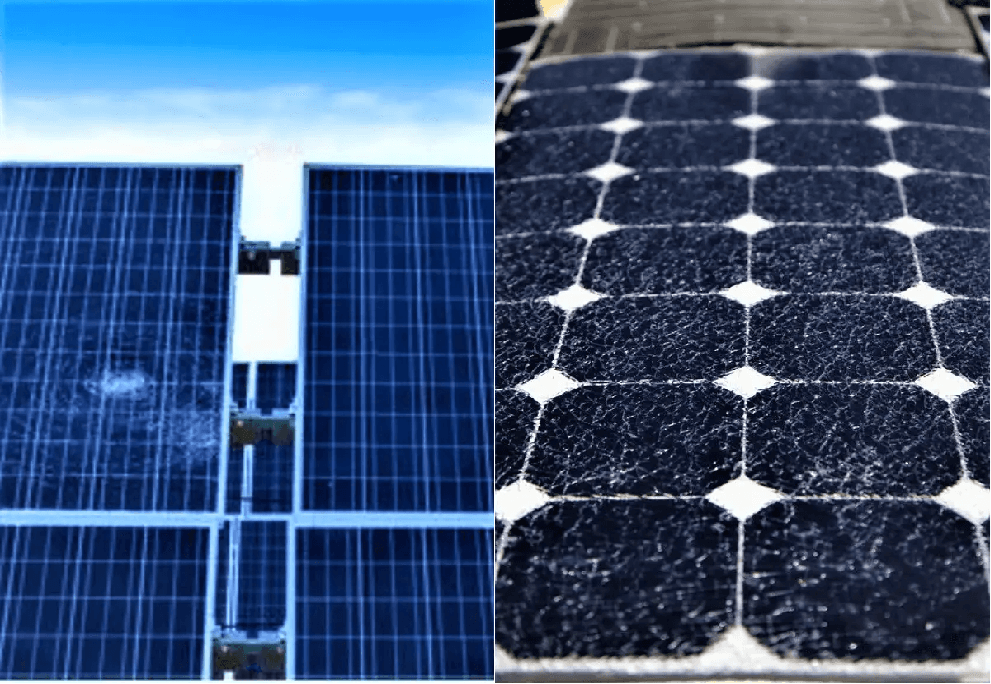
Discolorations
Internal or external factors causing reduced sunlight entry and significant losses.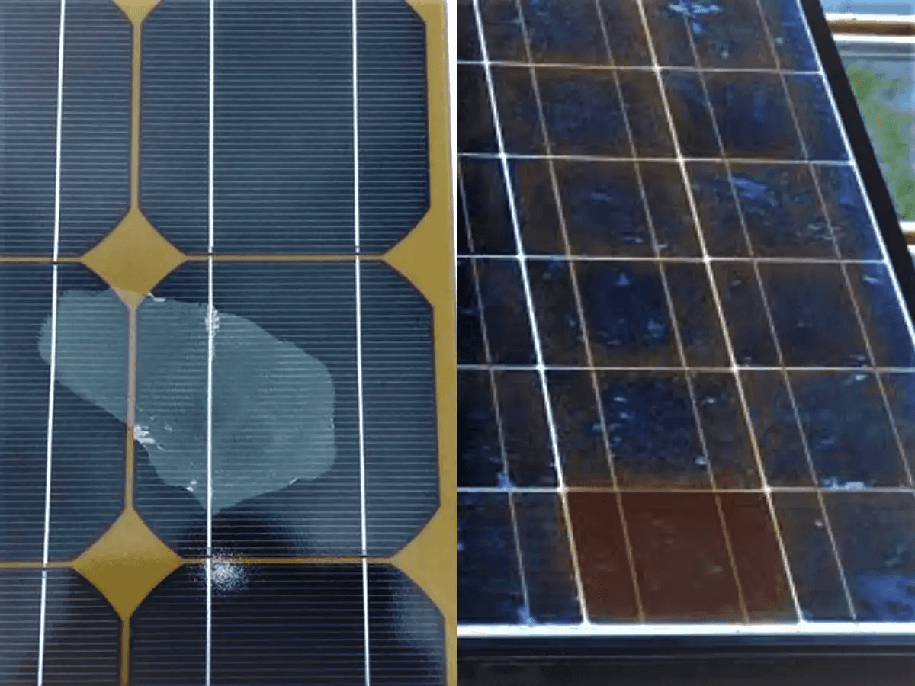
Mounting Failures
Failures in mounting can cause structural issues and lead to decreased panel efficiency.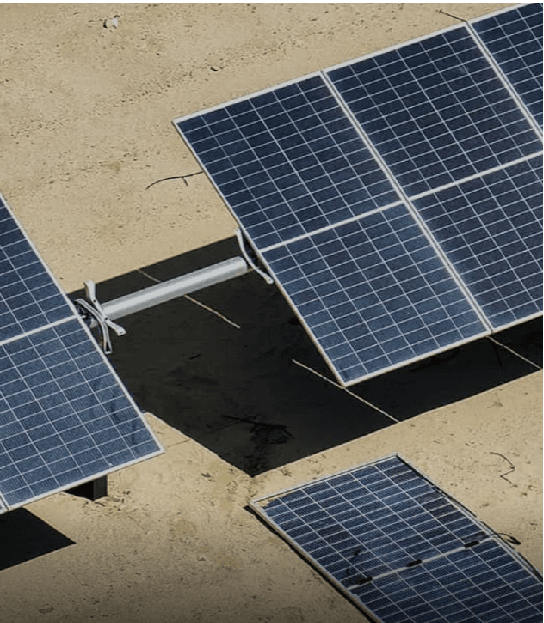
Vegetation
Overgrown vegetation can obstruct panels, reducing overall efficiency.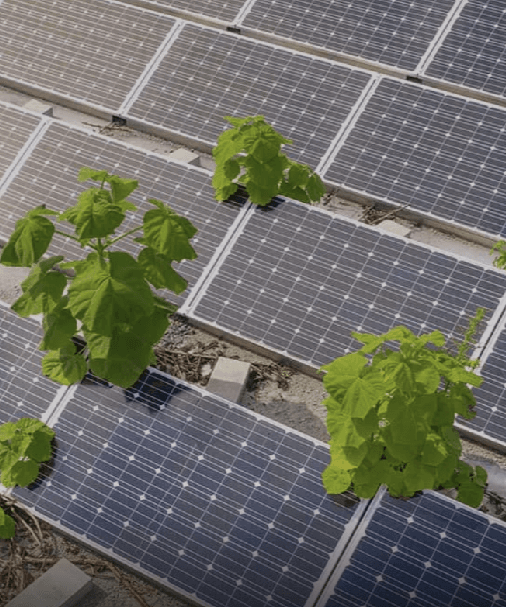
Delamination
Moisture in PV modules leading to delamination, often due to improper lamination methods.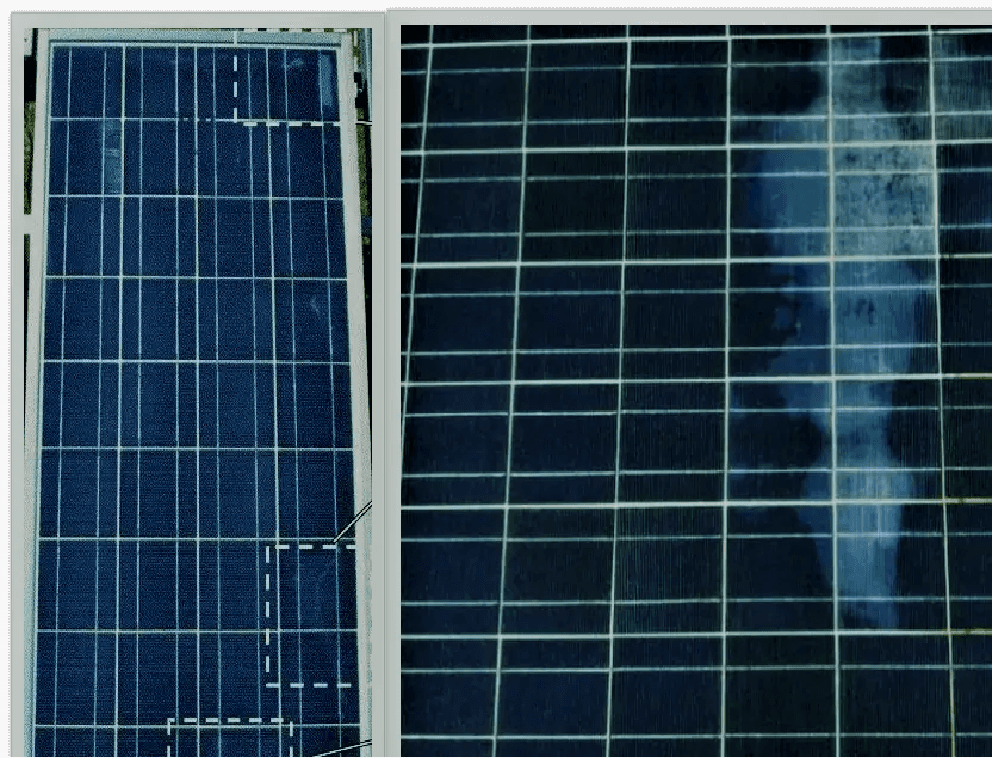
Hotspots
Overloaded regions causing warm spots, leading to increased resistance and short circuits.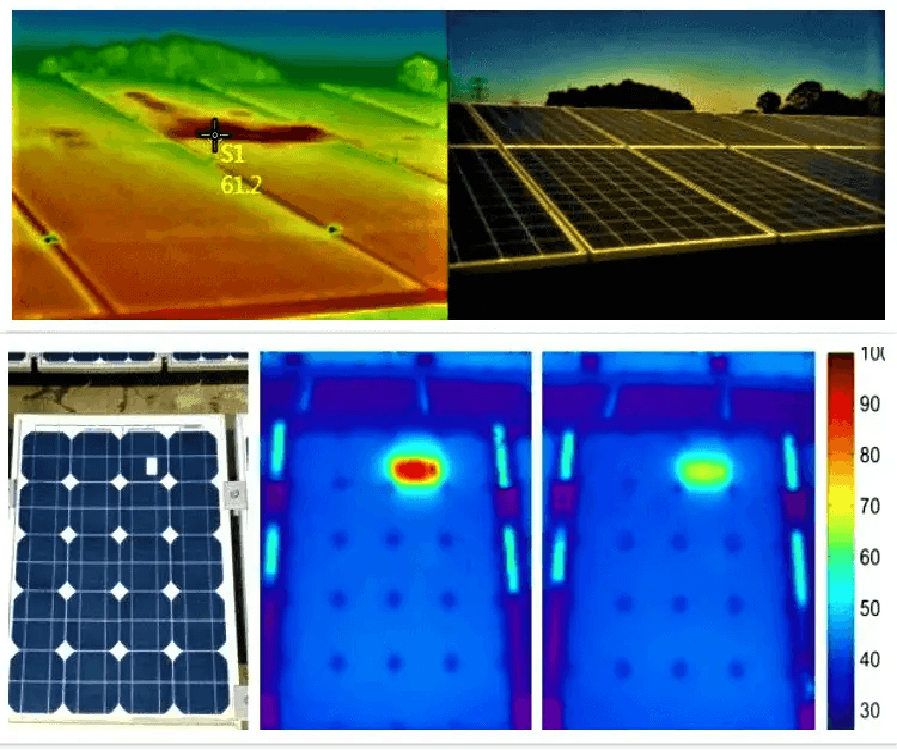
Reverse Polarity
Incorrect wiring can cause reverse polarity, leading to system inefficiencies.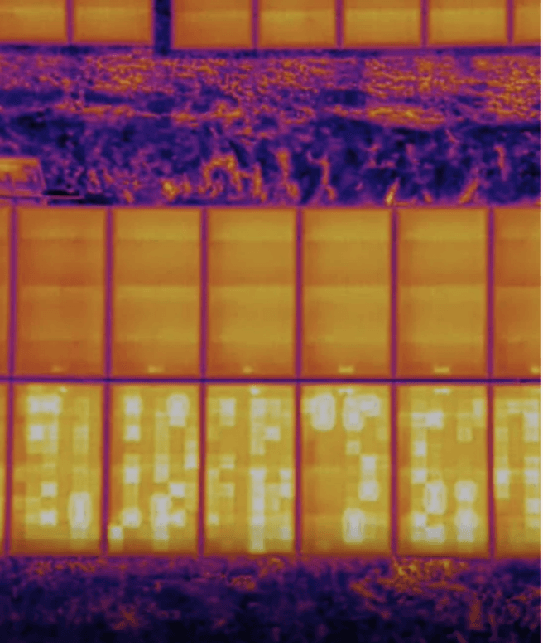
Short-Circuited Module
Short circuits in modules can cause significant safety and efficiency issues.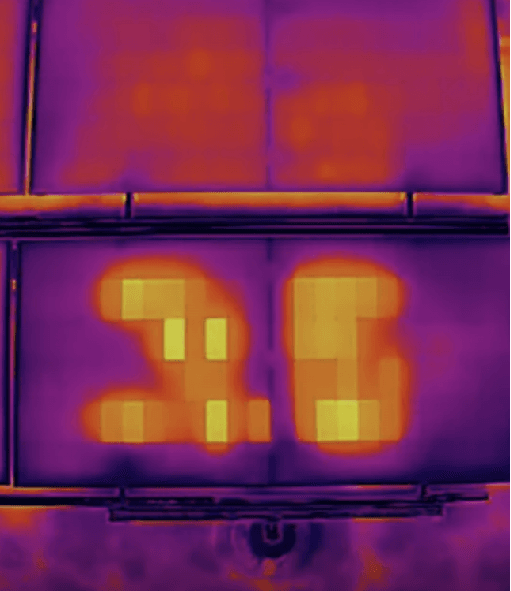
Module Cracking
Cracks in modules can reduce efficiency and lead to further damage.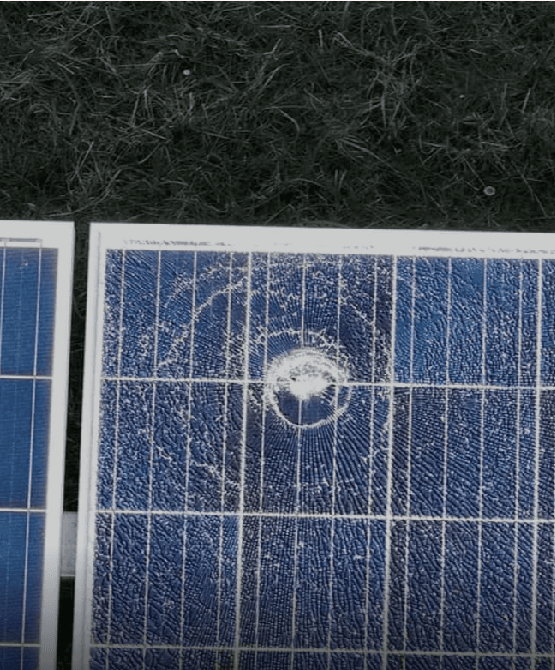
Module Damage
Physical damage to modules often results in decreased energy output.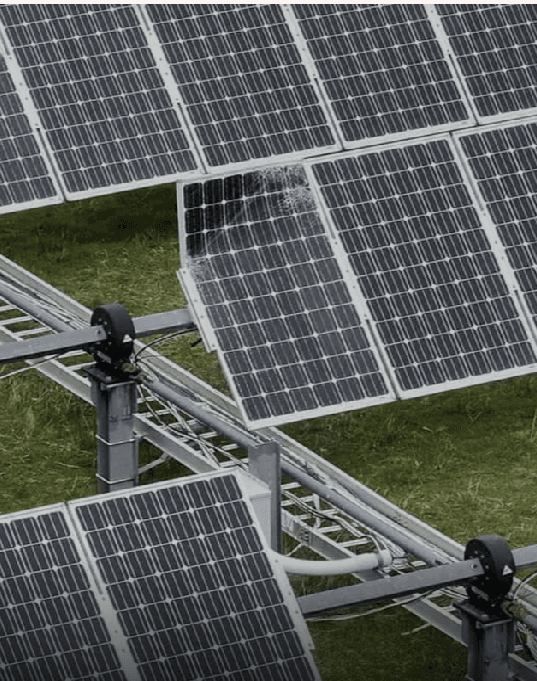
Module Obstruction
Obstructions like dirt and debris can block sunlight, reducing energy production.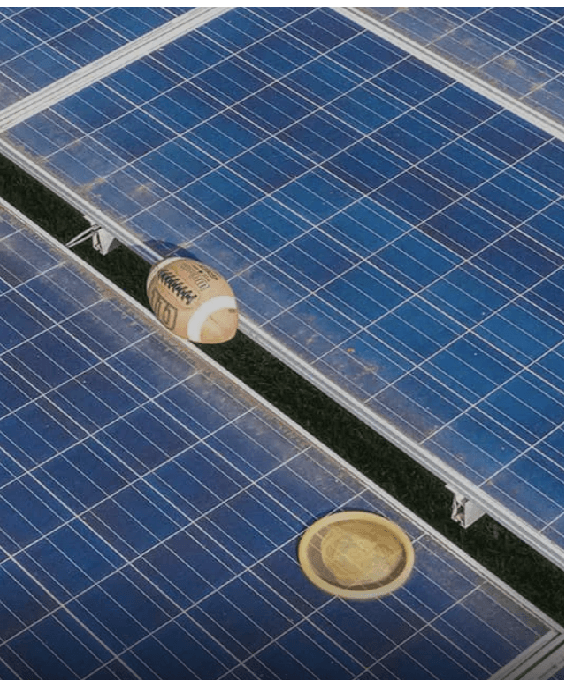
Shading
Shade on panels can drastically reduce efficiency and energy output.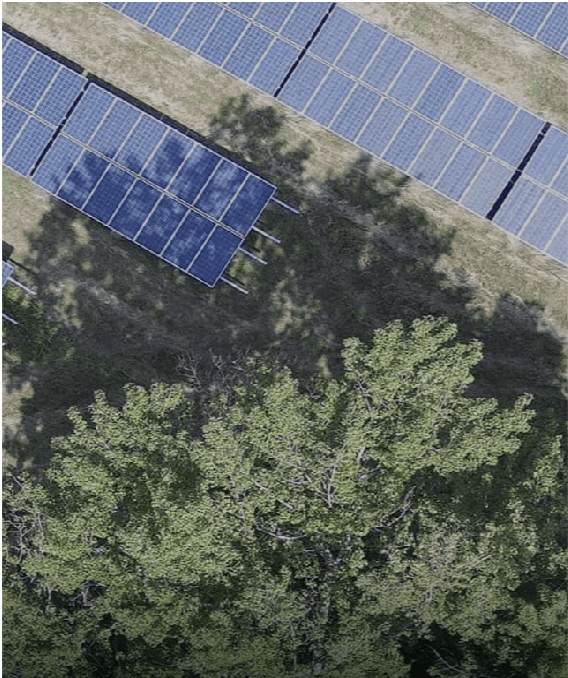
Heated Module
Excessive heat can damage modules and reduce overall system efficiency.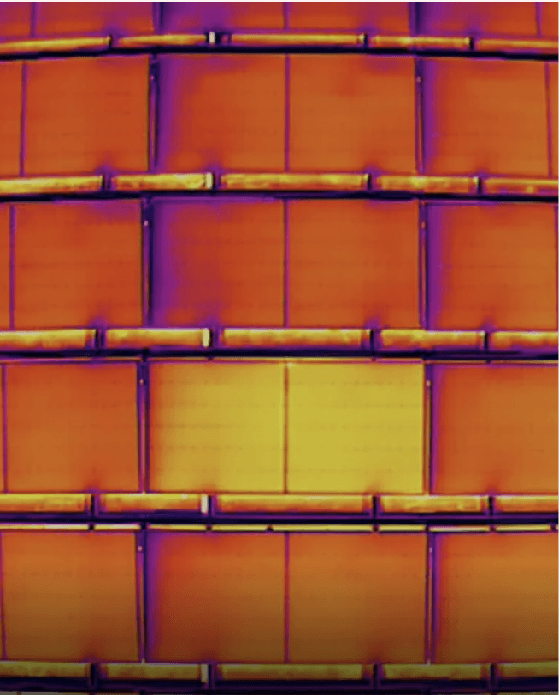
Activated Bypass Diode
Bypass diodes activate to prevent overheating, but frequent use indicates a system issue.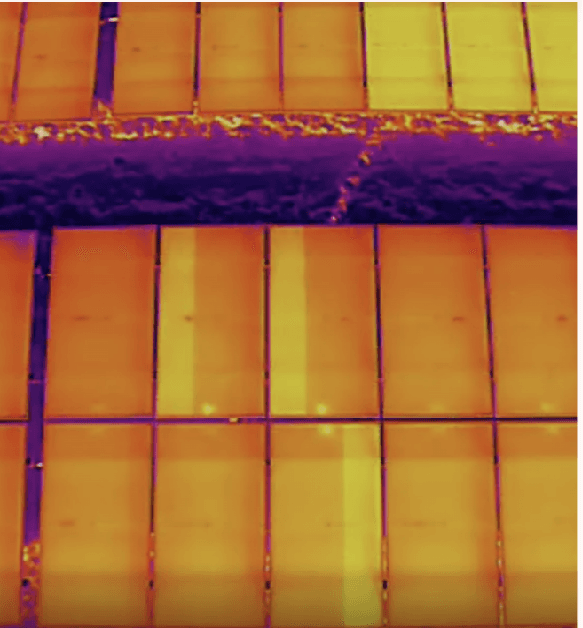
Optimizer Failure
Failures in optimizers can lead to significant energy losses across the system.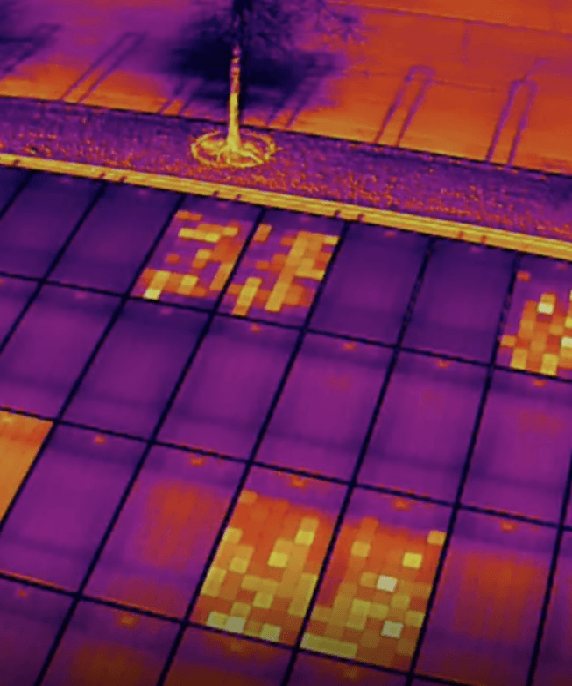
Offline String
An offline string of panels indicates a connectivity issue, reducing system output.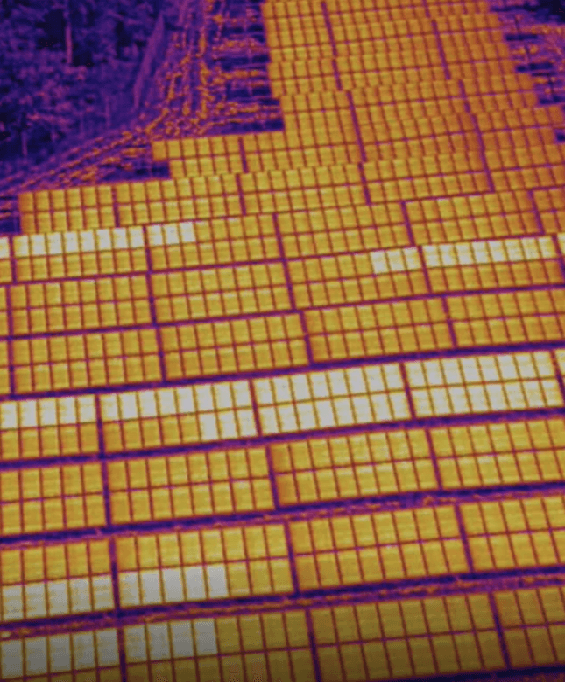
Overheated Junction Box
Excessive heat in junction boxes can cause safety risks and damage to connections.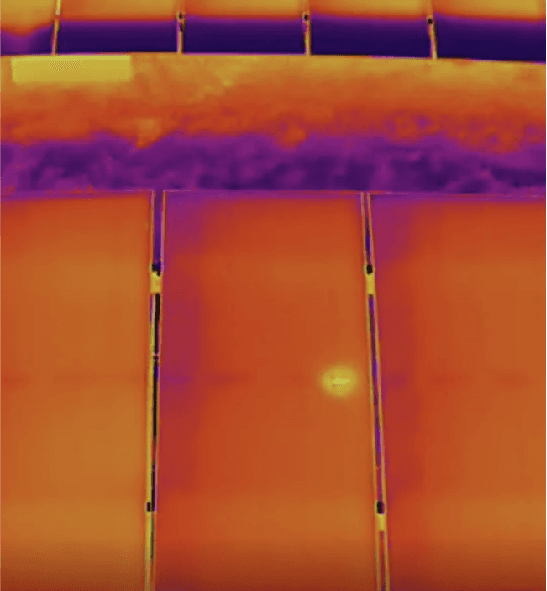
Module Soiling
Accumulation of dirt and debris on modules can significantly reduce efficiency.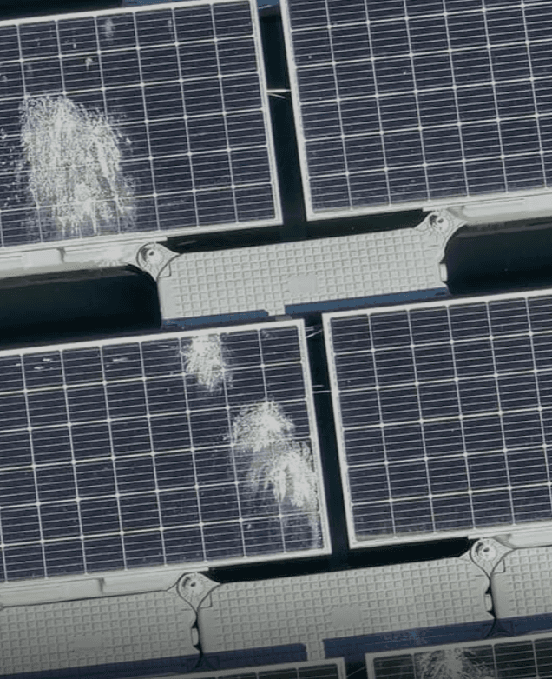
Benefits You Get with Vista Drone Deliverables
Faster Inspection Cycles
Complete asset inspections in hours instead of days, minimizing system downtime.
Improved Safety
Reduce manual inspections at height or over large areas—enhancing worker safety.
Cost-Effective Monitoring
Save on manpower and equipment by using drones for scheduled or on-demand inspections.
Detailed Visual & Thermal Reports
Receive annotated, high-resolution visual and infrared data for precise fault identification.
Early Problem Detection
Identify minor issues before they escalate—helping prevent energy loss or equipment failure.
Sustainability & Compliance Support
Enable better documentation and monitoring to meet environmental goals and regulatory audits.
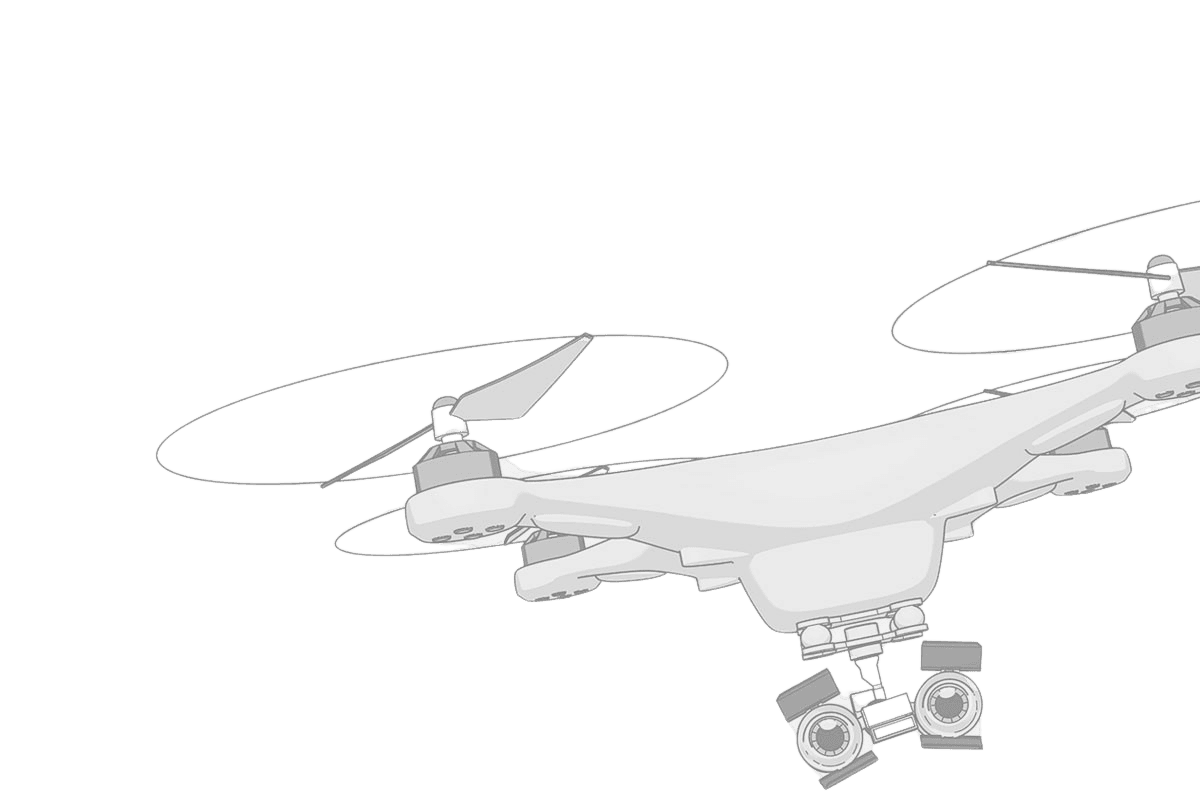
Would you like to collaborate with us?
Get in touch with us now to initiate a collaborative project.